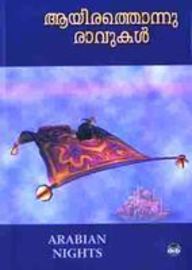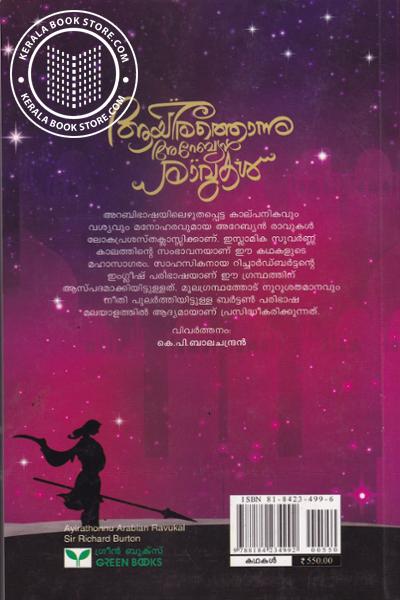

Mardrus appeared.Īnother translation attempt was made by John Payne ( The Book of the Thousand Nights and One Night, 1882–84). In 1923 a translation by Edward Powys Mathers based on the French translation by J. His translation, however, became incomplete. Working with the Bulaq corpus, Lane occasionally crosschecked against Calcutta I and Breslau corpus. According to Lane, Galland's "acquaintance with Arab manners and customs was insufficient to preserve him always from errors of the grossest description". In his opinion, "Galland excessively perverted the work". Having heard that Edward William Lane had begun his own translation, Torrens abandoned his work. Henry Torrens would later translate the first fifty nights from Calcutta II, which were published in 1838. This rendition, entitled The Arabian Nights Entertainments, appeared in 1811. Unlike the Grub Street version, Jonathan Scott made the first literal translation of Galland. Salye also translated into Russian seven tales not contained in Calcutta II (from the manuscript in the National Library of Russia). The first Russian translation directly from the Arabic source (from Calcutta II) was made by Mikhail Salye and published in eight volumes by Academia in 1929–1939. For instance, a three-volume translation by Yulia Doppelmayr (1889–1890) was based on Galland, the six-volume translation by Lyudmila Shelgunova (1894) was based on that by Edward William Lane and an anonymous translation (1902–1903) was based on Mardrus. Later Russian translations were also based on European translations. It was based on Galland's translation and consisted of 12 volumes. The first Russian translation of One Thousand and One Nights, in Russian: Тысяча и одна ночь ( Týsjača i odná nočʹ), was made by Alexey Filatyev in 1763–1774. In response to criticism of his translation by academic Arabists, Mardrus promised to produce a tome of learned commentary and justificatory pieces which he, however, failed to do. According to Robert Irwin, "Mardrus took elements which were there in the original Arabic and worked them up, exaggerating and inventing, reshaping the Nights in such a manner that the stories appear at times to have been written by Oscar Wilde or Stéphane Mallarmé". Soviet and Russian scholar Isaak Filshtinsky, however, considered Mardrus' translation inferior to others due to presence of chunks of text, which Mardrus conceived himself to satisfy the tastes of his time. Mardrus' translation, titled Le livre des mille nuits et une nuit, appeared. In 1926–1932 a lavishly decorated 12-volume edition of J. Designed to appeal, it omitted sophisticated or dark elements while enhancing exotic and magical elements and became the basis of most children's versions of One Thousand and One Nights. Galland's translation altered the style, tone and content of the Arabic text. He published his translation in a twelve-volume set between 17. Galland based his translation on what is now known as the Galland Manuscript, a three-volume (or perhaps once four-volume) manuscript from the fourteenth or fifteenth century now kept in the National Library of France. Some translations starting from Galland were censored due to lewd content. The original scattered Arabic texts were collected in four corpuses: the so-called Calcutta I or the Shirwanee Edition (1814–18, 2 volumes), Bulaq or the Cairo Edition (1835, 2 volumes), Breslau Edition (1825–38, 8 volumes) and Calcutta II or the W.H. In the 1880s an unexpurgated and complete English translation, The Book of the Thousand Nights and a Night, was made by Richard Francis Burton. Galland-based English translations were superseded by that made by Edward William Lane in 1839–41.


As early as the end of the 18th century the English translation based on Galland was brought to Halifax, Montreal, Philadelphia, New York and Sydney. Since then several English reissues appeared simultaneously in 1708. It exists in two known copies kept in the Bodleian Library and in the Princeton University Library. The first English translation appeared in 1706 and was made from Galland's version being anonymous, it is known as the Grub Street edition. Galland's translation was essentially based on a medieval Arabic manuscript of Syrian origins, supplemented by oral tales recorded by him in Paris from a Maronite Arab from Aleppo named Hanna Diyab. They began with the French translation by Antoine Galland (titled Les mille et une nuits, finished in 1717). The translations of One Thousand and One Nights have been made into virtually every major language of the world.


 0 kommentar(er)
0 kommentar(er)
